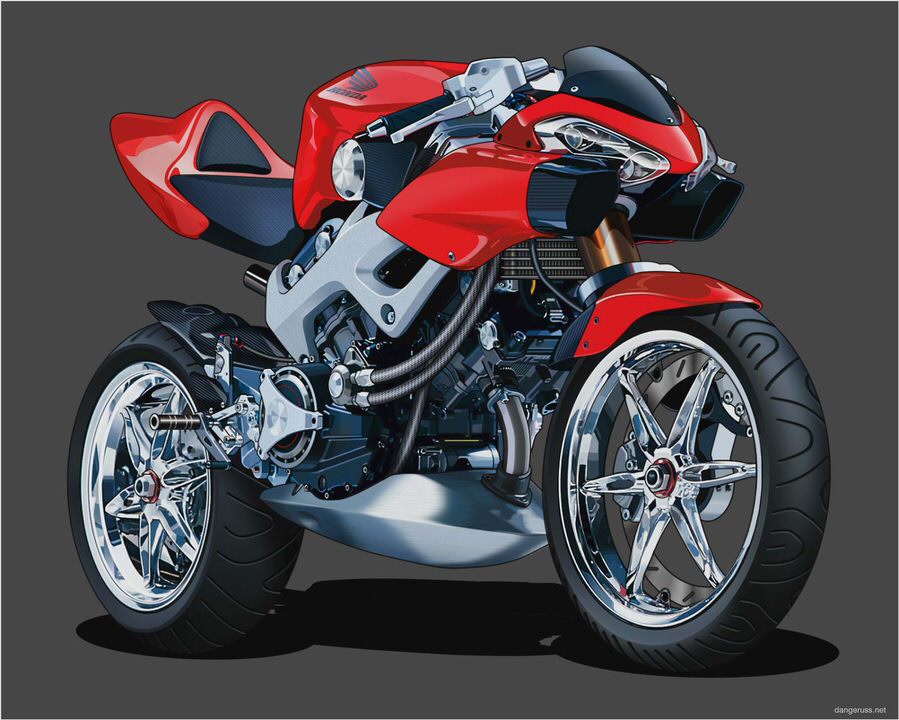
Twin-Engine Honda CRX
by Chris Hafner on February 29, 2008
Somehow, in the comments thread of the Chevy Z-24 post –I’m not entirely sure how–the conversation turned to Car Driver ‘s 1985 dual-engined Honda CRX project car. An obscure topic, but an interesting one, especially since I still have that issue (May 1985, if you’re curious).
I remembered the project being pretty fascinating, but on re-reading the C/ D story, I felt that it deserved a post of its own.
First, to set the stage, let me give the original CRX a quick description. Despite Honda’s sober reputation in the larger community, it is no secret to the enthusiast community that Honda likes to bring a little performance sparkle to its foundation of practicality and reliability.
The original CRX was a perfect example. Well before the CRX eventually morphed into the soft, poseur Del Sol, the CRX was, depending on your viewpoint, either the ultimate economy car or a pocket Lotus.
Regular readers Mochi Mochi and Cookie the Dog’s Owner know what I’m talking about, but for the others, I’ll try to explain this seeming contradiction.
You see, the CRX was the 1980s embodiment of Lotus founder Colin Chapman’s obsession with light weight as the key to performance. Weight is the enemy of acceleration, braking, handling, fuel efficiency, and even (albeit to a very minor degree) top speed, which is why Chapman built his sports cars and race cars with an obsessive attention to eliminating weight.
The secret to the CRX’s combination of fuel efficiency and sprightliness was its Lotus-like light weight. At only 1,850 pounds–unthinkable today–the CRX was able to combine incredibly agile handling with straight-line speed (9.1 seconds 0-60, 16.4-second 1/4-mile time) and fantastic fuel economy (32 mpg).
Not impressed? Well, you should be. Looking at the Road Test Review in the back of this issue, back in 1985 you’d have to drive a penalty-box Chevrolet Sprint to do better than the CRX’s 32 mpg.
Meanwhile, it was faster than the ’85 version of our Wednesday subject, the Z-24 (9.5/16.9); the Mitsubishi Mirage Turbo (9.2/16.8); the Peugeot 505 Turbo (9.6/17.1); the TVR 280i (9.7/17.5); and the Volkswagen GTI (10.1/17.1). Those were reasonably hot cars at the time, all of them more expensive than the CRX, and none of them approached the CRX’s fuel economy.
Still not impressed? Well, let’s bake 23 years of technology improvements and computerization into the basic-transportation CRX motif, and compare that ’85 CRX to an ’08 Honda Fit. The Fit is no faster (9.0/16.8 vs. 9.1/16.4) than the CRX and not meaningfully more efficient (33 mpg vs. 32 mpg).
How could this be? Well, the Fit–widely regarded as bizarrely Lilliputian in today’s world–weighs in at 2,500 pounds, nearly half again as much as the CRX.
Yes, the Fit seats five, and the CRX only manages two; but it is a tribute to the fundamental rightness of the CRX that it so closely matches a car of similar purpose even after two decades of rapid technological innovation.
Anyway, I’ll wrench back (with some effort) to the primary topic of this post–how Car Driver took that fundamental rightness and turned it on its head by mixing another engine into the stew.
First, the basics. CD and Racing Beat–which would later become famous for its work with Mazda rotaries–started with a plain-Jane CRX and installed an additional engine in the cargo area. The second engine was identical to the first; both were 1.5-liter, 16-valve inline carbureted four-cylinders, making 76 horsepower apiece.
So the total, as Cookie the Dog’s Owner correctly noted in the Z-24 comments thread, works out to eight cylinders, 32 valves, 152 horsepower, and 168 lb.-ft. of torque.
Along with the second engine came the associated front-wheel running gear replacing what had been the rear wheels–drivetrain, transmission, suspension, brakes, sway bar, and even steering (subsequently locked straight-ahead, prudently enough). So while the CRX didn’t sport four-wheel steering, it did have a somewhat ersatz four-wheel drive. Both engines ran through their stock three-speed automatic transmissions.
Among the steps needed to make sure this wacky arrangement didn’t go up in smoke were a custom two-inlet and two-outlet radiator; a split cable from the accelerator pedal to control both engines’ throttles in unison; a cable to join the both transmissions’ shift mechanisms to make sure the same gears were actuated at the same time; and a toggle switch arrangement to allow the standard ignition switch to start both engines (though one at a time).
Problems? Not many. The dual-engined CRX was certainly much heavier than stock (at a still-featherweight 2,450 pounds). The handling was a bit spooky until Racing Beat took a day to tweak toe-in and camber.
C/D couldn’t figure out how to set the right bias for the rear brakes, which locked up early under the lighter rear load.
Shockingly, in a project this complex, that was it. The car even ran just fine on one engine.
As Cookie the Dog’s Owner correctly recalled, nothing was necessary to make the two engines sync up and keep from fighting each other. From the story:
We’re convinced that no such (synchronization) equipment is necessary. The link between the two powerplants (other than the throttle and the shifter cables) is the road. Unless there is tire slippage, both engines run at the same rpm and both transmissions shift simultaneously all by themselves . One engine may be working slightly harder than the other at any given time, but this hasn’t yet caused any ill effect.

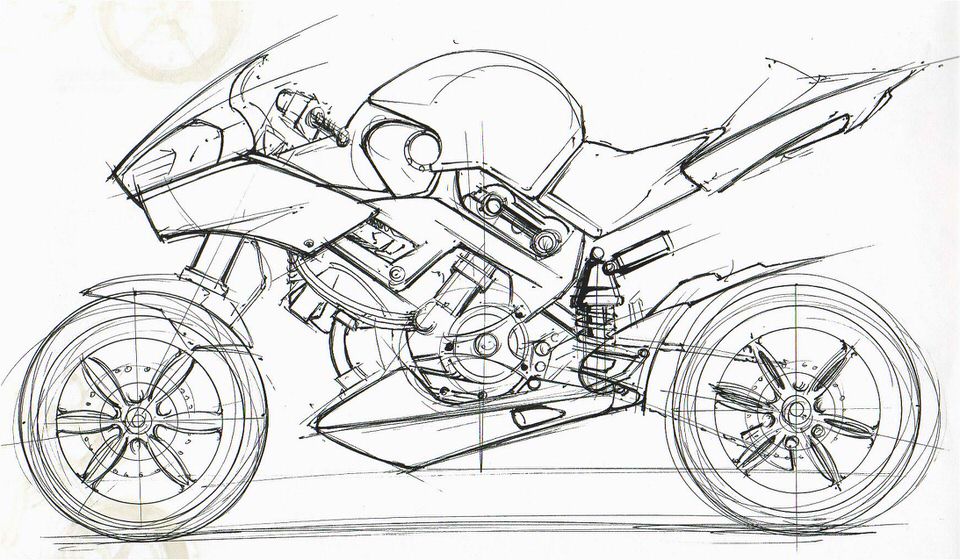
Of course, the real point was to make the little CRX a giant-killer, and in that goal the project succeeded admirably. Just going by the numbers, the double-engined CRX improved to 8.0 seconds in the 0-60 sprint and 16.0 in the 1/4 mile–this compares favorably with the contemprary Alfa Romeo GTV-6 (8.2/16.1), BMW 635CSi (8.2/16.0), Dodge Shelby Charger (7.8/15.9), and Pontiac Firebird Trans-Am (7.6/15.6).
In C/D ‘s words:
All in all, the net goodness of our heavy Honda astounds us. It rides, runs, and handles like a normal car. The interior is roomy and remarkably quiet. There is a useful amount of luggage space behind the front seat (briefcase room), over the engine (three-suiter), and in the tail compartment (anything from a golf bag to a weeks’ worth of groceries).
Fuel economy is in the high twenties if you’re cruising on one engine, in the low twenties if you’re out hunting for races with both motors champing at the bit.
And really, even if it failed, what an awesome idea.
A couple of somewhat related notes:
– I miss 1985. Don’t get me wrong–2008 is a fantastic time for cars–but just look at the cars mentioned on this issue’s cover. Porsche 928, Dodge Omni GLH. Isuzu Impulse, Audi Coupe GT. Chevy Camaro, Plymouth Laser.
Ford Mustang SVO, Merkur XR4ti, Mitsubishi Starion, Nissan 300ZX, Toyota Supra. and that’s in just one issue. Every one of those cars is either a current or a future Car Lust. Have I ever mentioned that I’m a sucker for 1980s sports coupes?
Only a few hundred times, I’m sure.
– My memory is terrible. In the comments thread, I mentioned that I thought one problem with the car was that the two engines didn’t drone in quite the same frequency on the freeway. I also thought C/D called the car Super Synchronicity. Neither of those things were in the article.
I’m going to cling to my wounded pride by hoping those two things were worked into the mix in subsequent issues and years when they referred to this car.
– All of the images and text are obviously from Car Driver and are no doubt under copyright. I’m including them here because I think they’re important to tell the story, and because I don’t think I’m cannibalizing the magazine’s no-doubt brisk sales of May 1985 back issues. Still, to throw the good folks in Ann Arbor a bone, I’m going to put on my cheesy salesman hat for a moment.
Click here if you’d like to subscribe!
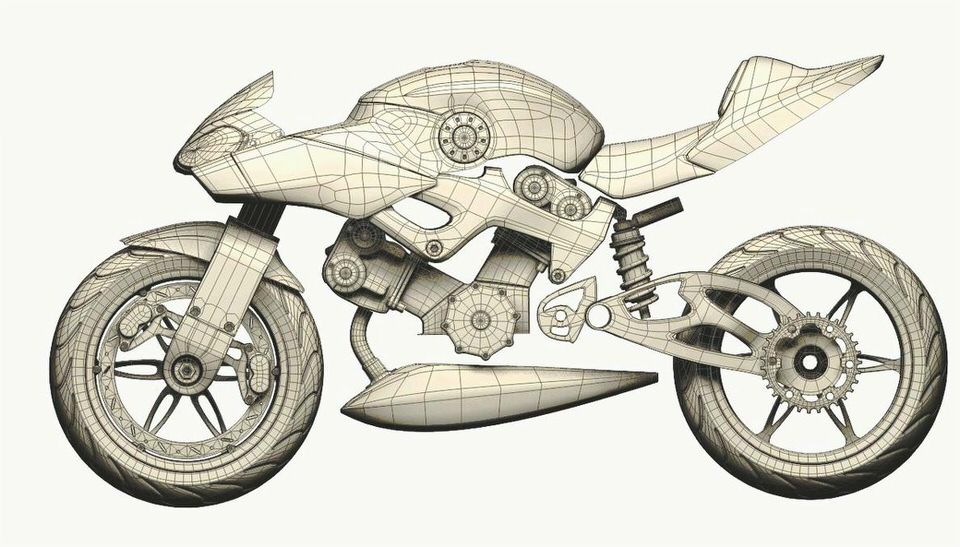
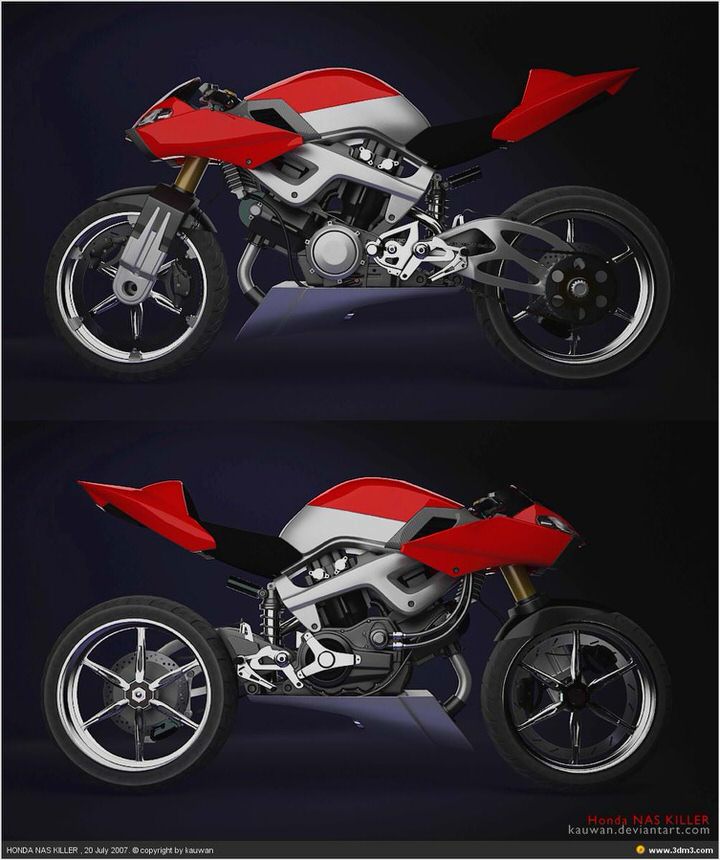
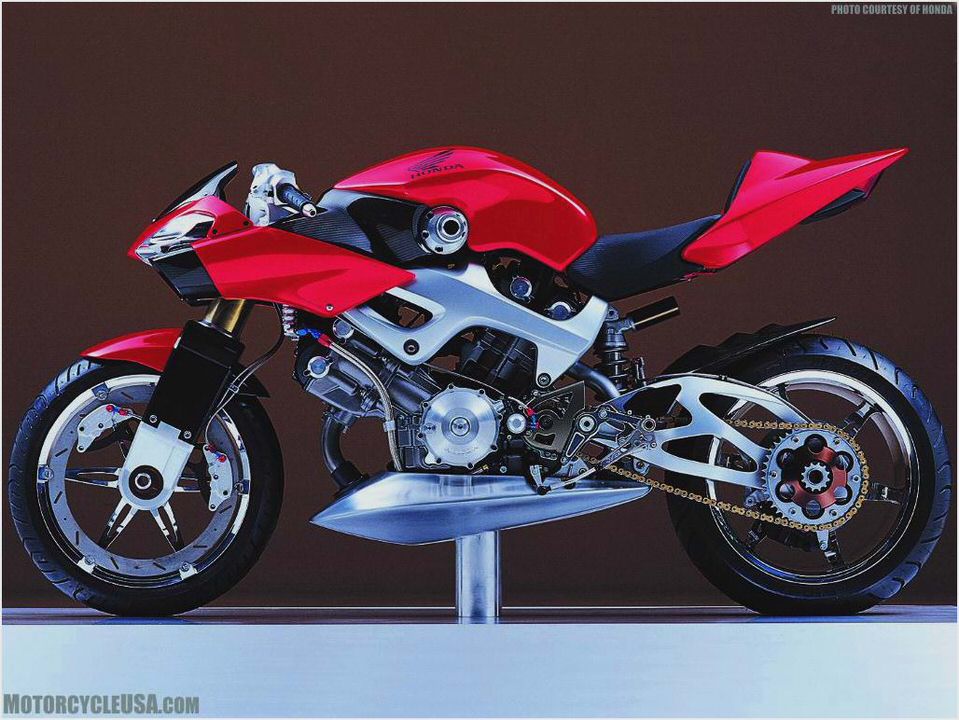
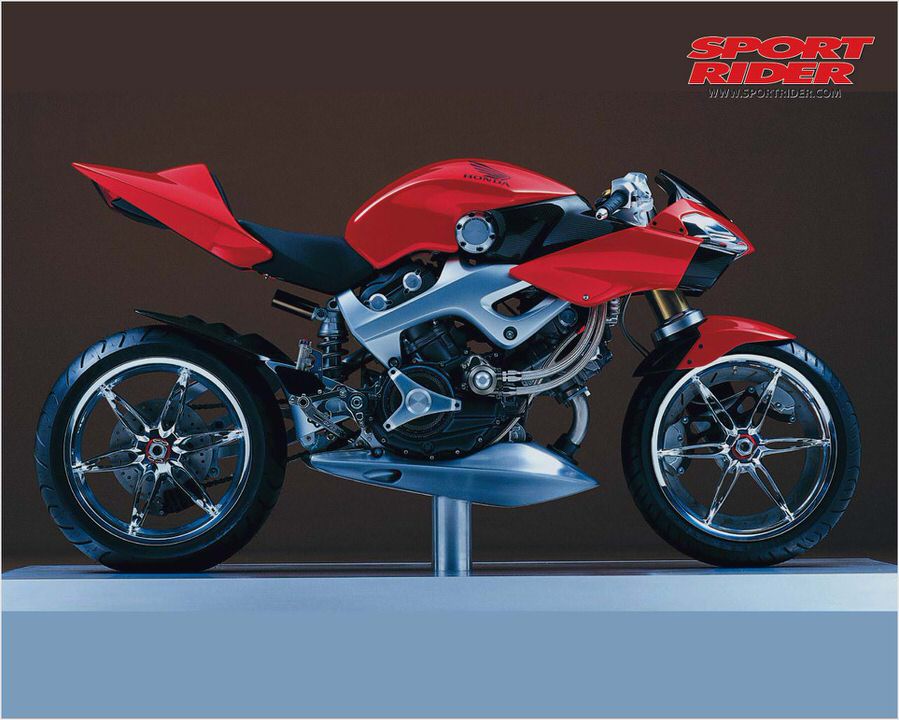
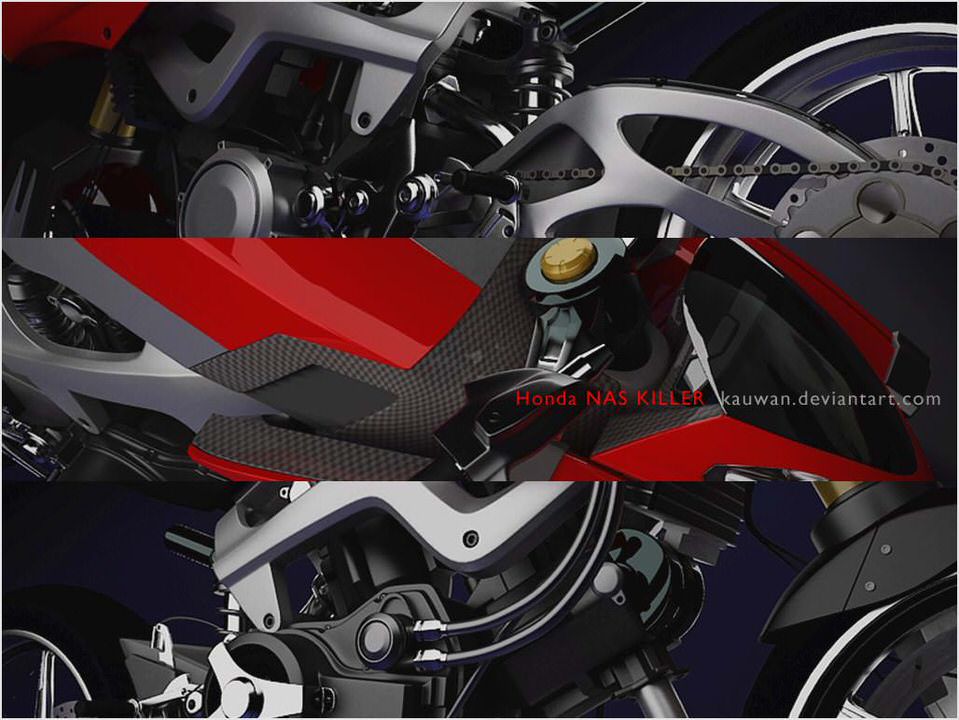
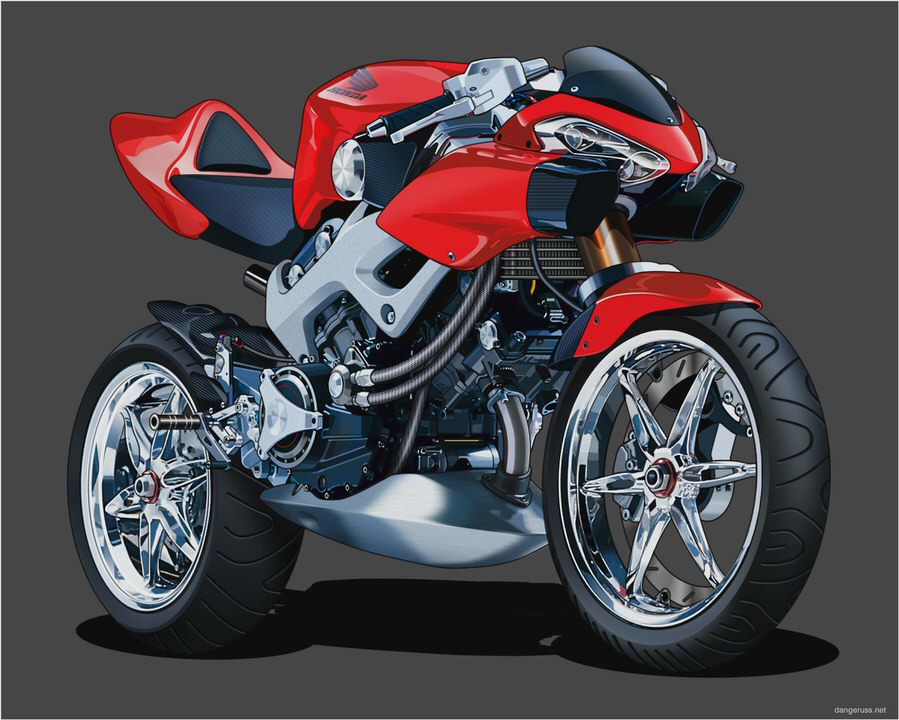
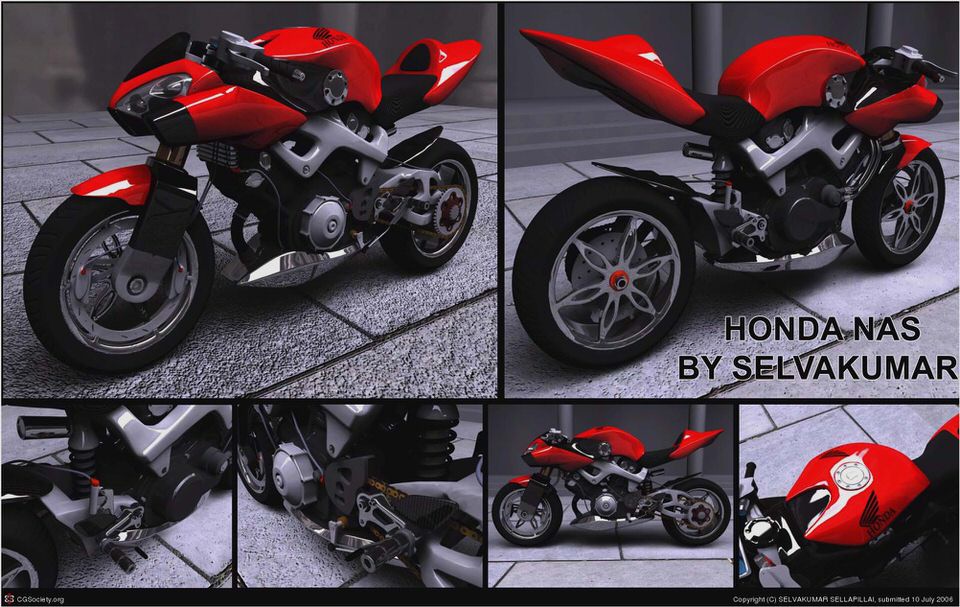
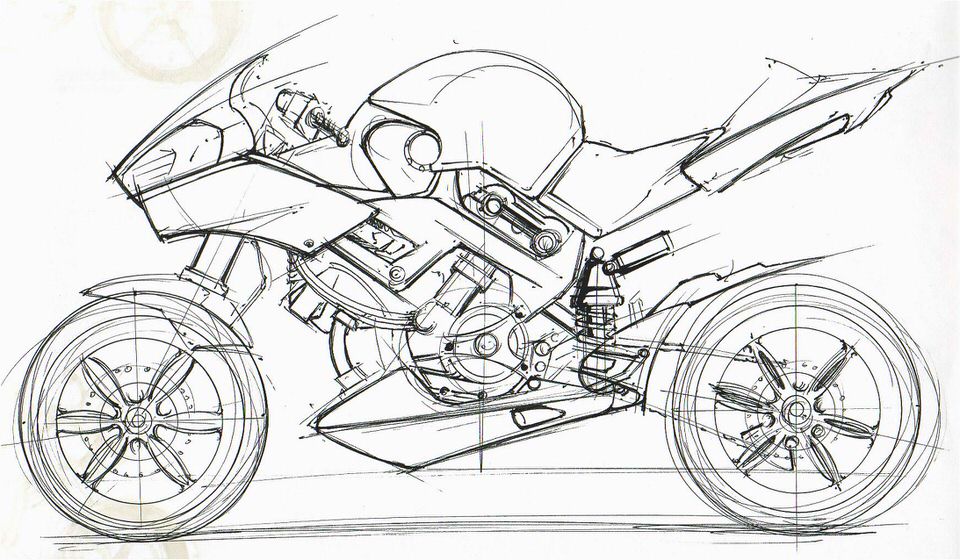
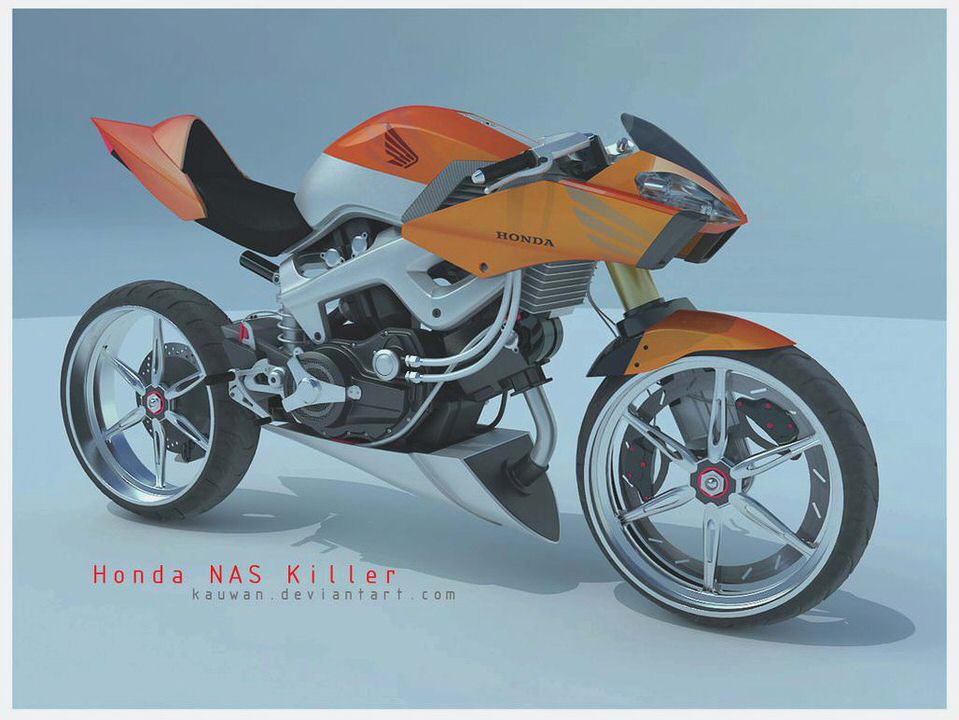
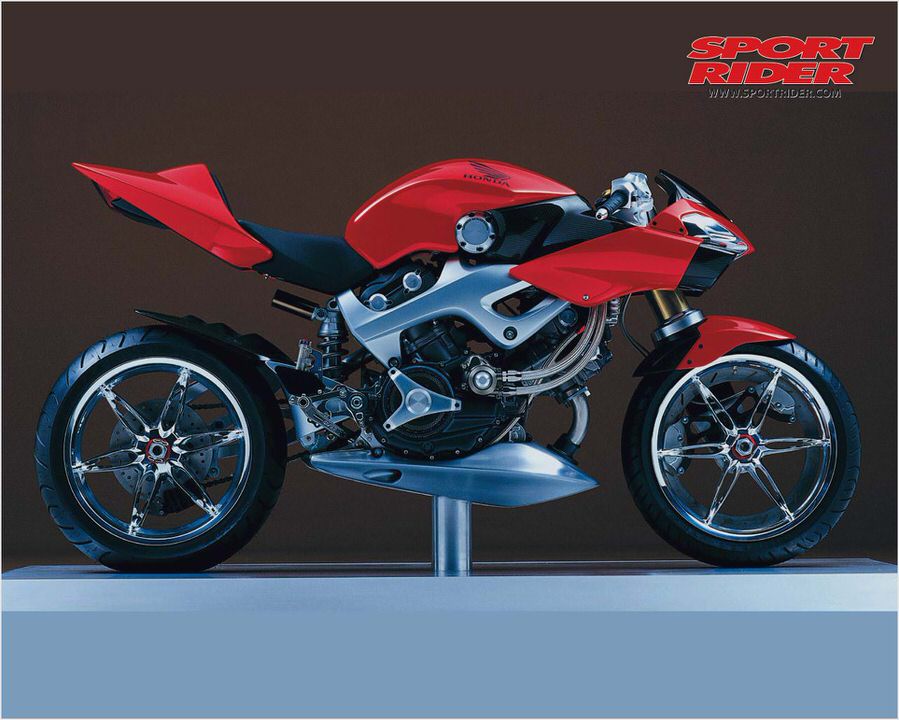
- Honda cr500:
- 2002 Vtx 1800c Manual Owners Guide Books
- Honda Worldwide World News News Release October 15, 1997
- Honda Performance Development Overview
- History – The Magna Web-Site
